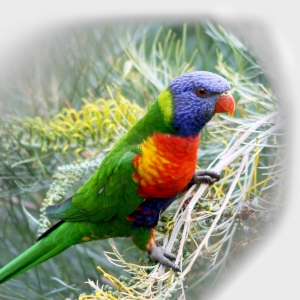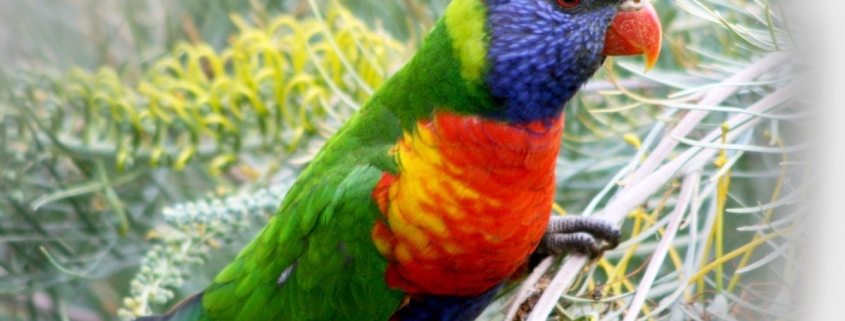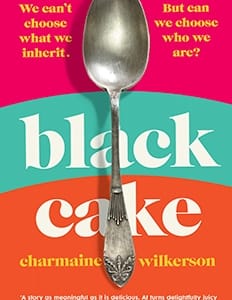Food for our friends

Keith Mundy
With winter well and truly with us, thought should be given to not only brightening up your garden with some winter-flowering shrubs but also providing some plants to provide food for our native birds. In most cases, Australian native plants will provide most of the requirements to sustain our birds
through the harshness of winter. There are many genera of plants that will do this, and it is well worth trying a few in your garden.
Croweas are generally small shrubs varying in height from fifty centimetres to one metre tall. Several forms are available including Crowea saligna and Crowea exalata species and their hybrids. These all have star-shaped flowers, mainly in pink and white. They will tolerate part shade to a sunny position.
Another great genus are the many forms of Correa. These come in groundcover forms through to plants one and a half metres tall. Foliage varies from grey to deep green with flower colours of white, red, pink and salmon. Again, these are suited to semi-shade or full sun with Correa alba very suited to first line coastal positions.
Philotheca (formally Eriostemon) is another great winter/spring flowering plant. They also come in groundcover forms (‘Cascade of Stars’) through to plants up to one and a half metres. The flower colours vary from white through pink and are star shaped. The foliage is covered in minute oil glands and has a lovely fragrance if crushed.
These three groups of plants are suited to nectar feeders like spinebills and wattle birds.
Banksia varieties are also great winter-flowing plants especially the coastal banksia (B. integrifolia). Not only will these provide a great windbreak for coastal gardens but also provide food for nectar feeders and yellow tailed black cockatoos that feed on the seeds in the spent flower cones. Banksias also come in many forms and colours from groundcovers to the very large forms like the coastal banksia. A great groundcover is Banksia integrifolia ‘Roller Coaster’.
Although they do not all flower in winter, the genus Grevillea has many forms that will flower throughout winter. Again, sizes and colours vary widely, but they are mainly in shades of red and yellow.
Ideally, when planting all these genera a well-drained site is preferable with a slightly raised planting mound to give the plant a chance to establish.
There are many other plants including non-natives, perennials and others that can be used and these will also provide nectar and seed for a range of other birds but especially bees that still require feeding in winter.
Planting winter-flowering perennials around your vegetable garden or fruit trees will encourage bee activity that, in turn, helps in the pollination of vegetables and fruit trees.
Finally, some other maintenance chores should be commenced now including pruning of dormant fruit trees, roses and hydrangeas. Do not prune spring-flowering ornamental trees until after they have flowered in spring. If you do, you won’t get a flowering display.
Stay warm,


